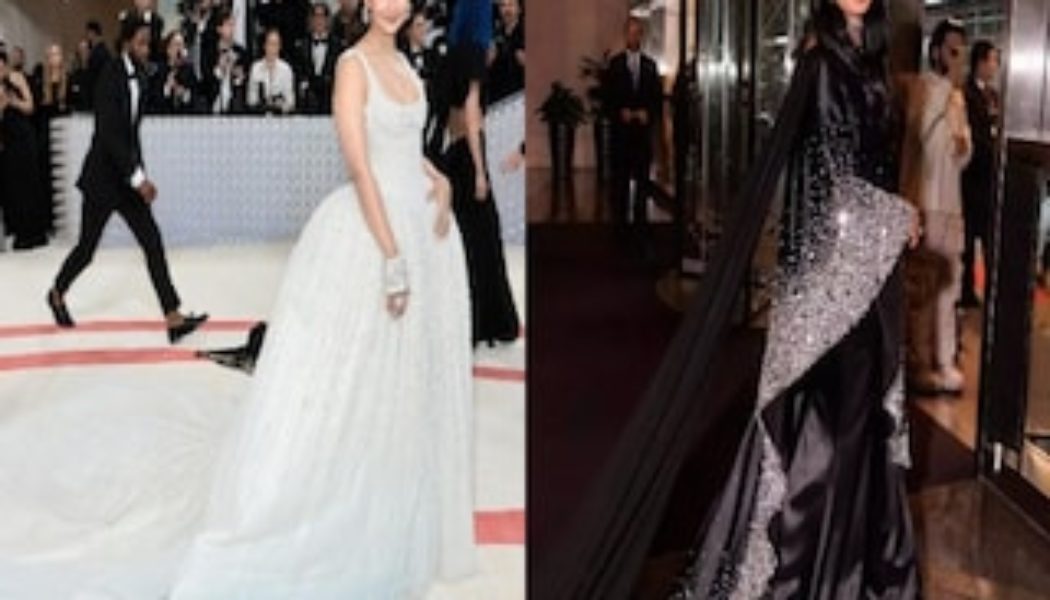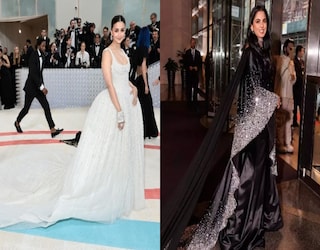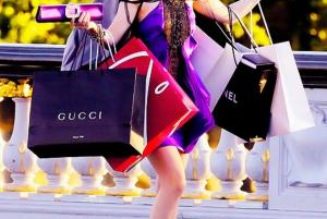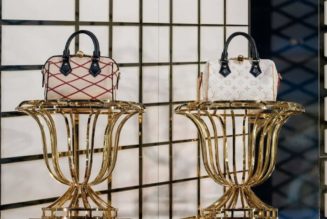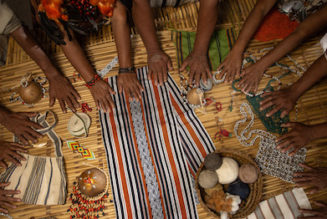India has arrived, making its presence felt everywhere. Be it the political arena or the economic front. It is truly the bright spot. The luxury market is no different. Indian stars are endorsing the biggest brands and Indian consumers are spending big bucks.
Just a day ago, Italian fashion house Gucci named Bollywood star Alia Bhatt, who is on a Met Gala high, as its first Indian global ambassador. And according to a report, Alia will make her first appearance as the brand’s latest global ambassador at the Gucci Cruise 2024 show, to be staged in Seoul next week.
This piece of news comes after American make-up giant Estee Lauder announced former Miss India Manushi Chillar as its global brand ambassador. And who can forget Deepika Padukone being named Louis Vuitton’s global brand ambassador last year in May.
Related Articles
But what is the big takeaway from this news? It’s a sign that global luxury brands are increasingly eyeing India as the next big market.
We take a deep dive into the world of luxury brands and why an increasing number of them want a slice of the Indian pie
Luxury brands diving into India’s waters
It was in 2002 that Louis Vuitton arrived in India, becoming the first international premium luxury brand to enter the market. Many other players like Gucci, Bottega Veneta, Hermes and Burberry followed. Last year, Valentino opened its first store in India’s capital. This year, Paris-based Spanish luxury brand Balenciaga is all set to make waves.
The mother of all luxury fashion moments occurred in March when Christian Dior showcased its Fall 2023 collection at Mumbai’s iconic Gateway of India, becoming the first fashion house to unveil its latest line in the country. The show, led by its first female creative director, Maria Grazia Chiuri, had it all. With beautiful vibrant colours, it paid homage to India’s rich cultural landscape.
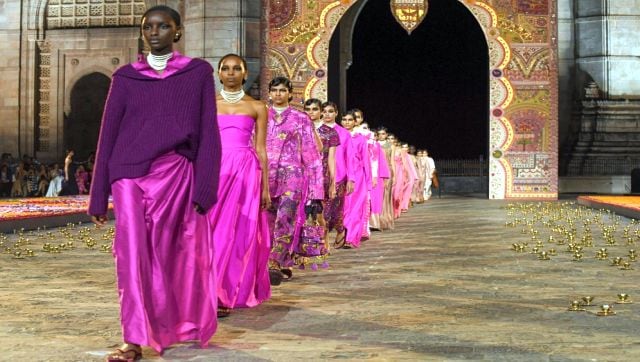
Dior said it was to celebrate its ties with Chanakya Ateliers and the Chanakya School of Craft, which trains women from low-income communities in hand embroidery and craftsmanship.
Italian jewellery giant Bvlgari, who appointed Priyanka Chopra-Jonas as their global brand ambassador, now sells mangalsutras for Indian brides.
In November 2022, Aditya Birla Fashion and Retail Limited (ABFRL) inked a strategic partnership with Paris’ iconic department store Galeries Lafayette, and announced plans to open luxury department stores and a dedicated e-commerce platform in India. The flagship stores in Mumbai and Delhi will bring more than 200 luxury and designer brands under one roof, it said.

Apart from this, there are e-commerce sites such as The Collective, which houses 80 luxury brands. Another option for the rich high-fashion lover is Reliance Brands Limited’s (RBL), Ajio Luxe, which was launched in 2021. It offers more than 265 big names with Stella McCartney, Cult Gaia and Isabel Marant, with Veja Shoes, Marc Jacobs, and Alice + Olivia being added in.
As Vogue stated in February, this is luxury’s “coming of age moment” in India.
India’s luxury market has been growing steadily and the recent few years have seen a significant jump. According to Euromonitor International, the luxury market in India climbed to $8.5 billion in 2022 (Rs 70,000 crore), up by $2.5 billion (Rs 20,500 crore) in the preceding year.
Some reports add that this will only grow further, at least 10 per cent over the next five years.
The boom in luxury fashion sales
Until very recently, India, unlike China, was not a major market for Western luxury brands amid challenges of finding retail space and complex regulations making business even harder.
However, that is changing and an increasing number of luxury brands want to do business in the country. One major factor that contributes to this change in attitude is India’s spending power.
Darshan Mehta, RBL president and CEO, told Vogue that Indian consumers are spending more. “Even five years back, Rs 50,000 ($650) for a dress or a handbag was considered a very high amount,” he says in the report. “People would weigh options, discuss with friends or a spouse before making the decision to buy.” But that’s no longer the case.
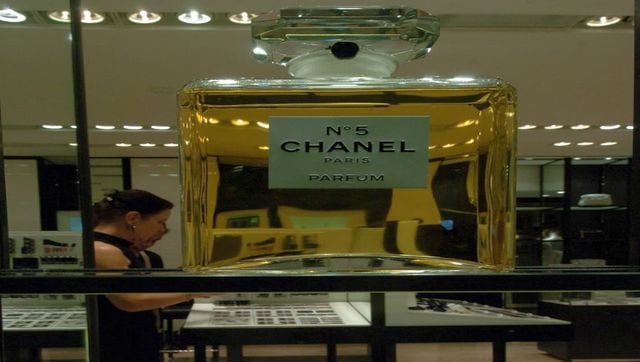
Gitanjali Saxena, business head, Tata CLiQ Luxury, an online platform, a part of Tata Group selling goods from high-end brands, including clothes and accessories echoed similar sentiments. Speaking to The National, she said, “Factors such as increased disposable income, rising internet penetration leading to increased awareness and exposure, the introduction of new brands in the country and the youth purchasing luxury products in new categories… are all contributing to the expansion of this industry.”
There’s also a rise in the number of wealthy Indians. Property consultancy firm Knight Frank has reported that the number of Indians with net assets of $30 million (Rs 246 crore) or more has risen by 11 per cent between 2020 and 2021 and is expected to grow by as much as 39 per cent between 2021 and 2026.
Also read: Why luxury brand Manolo Blahnik waited 22 years to sell shoes in China
Even the Credit Suisse Global Wealth Report 2022 stated that the number of millionaires in India was estimated to double from 796,000 in 2021 to 1.6 million in 2026.
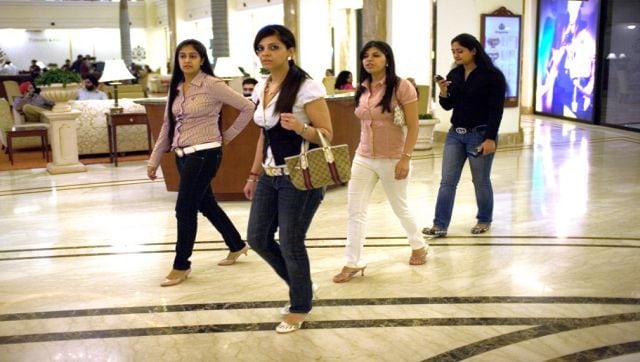
This rise in wealth has also led to a shift in thinking – more people are spending rather than saving.
Experts also believe that demographics have a role to play in this growth in the luxury market. Today, India is one of the youngest countries in the world and Generation Z doesn’t believe in saving. Moreover, they are more aware of luxury brands across the world and use the internet to shop overseas.
As Amit Pande, brand head of The Collective, was quoted as telling Vogue, “Today, affluence comes about with a certain confidence about the future. Many Indians today want to claim a better quality of life, and rightly so. This mindset will fuel the demand for premium and higher quality products and experiences in the near future.”
There’s also the fact that while China and other European economies have slowed down post-COVID, India has been doing considerably well – it is ranked the fifth largest in the world today and according to an EY report published earlier it is likely to become a $26-trillion economy in 100th year of its Independence in 2047 with per capita GDP growing six times from current level to over $15,000 during the period.
India is also changing its laws on doing business in the country, making it attractive to global luxury brands. The World Bank ranked India 63rd in 2022, from 142 in 2014, for ease of doing business.
Combine all these factors and it’s no surprise why Western luxury brands are looking to India.
With inputs from agencies
Read all the Latest News, Trending News, Cricket News, Bollywood News,
India News and Entertainment News here. Follow us on Facebook, Twitter and Instagram.
